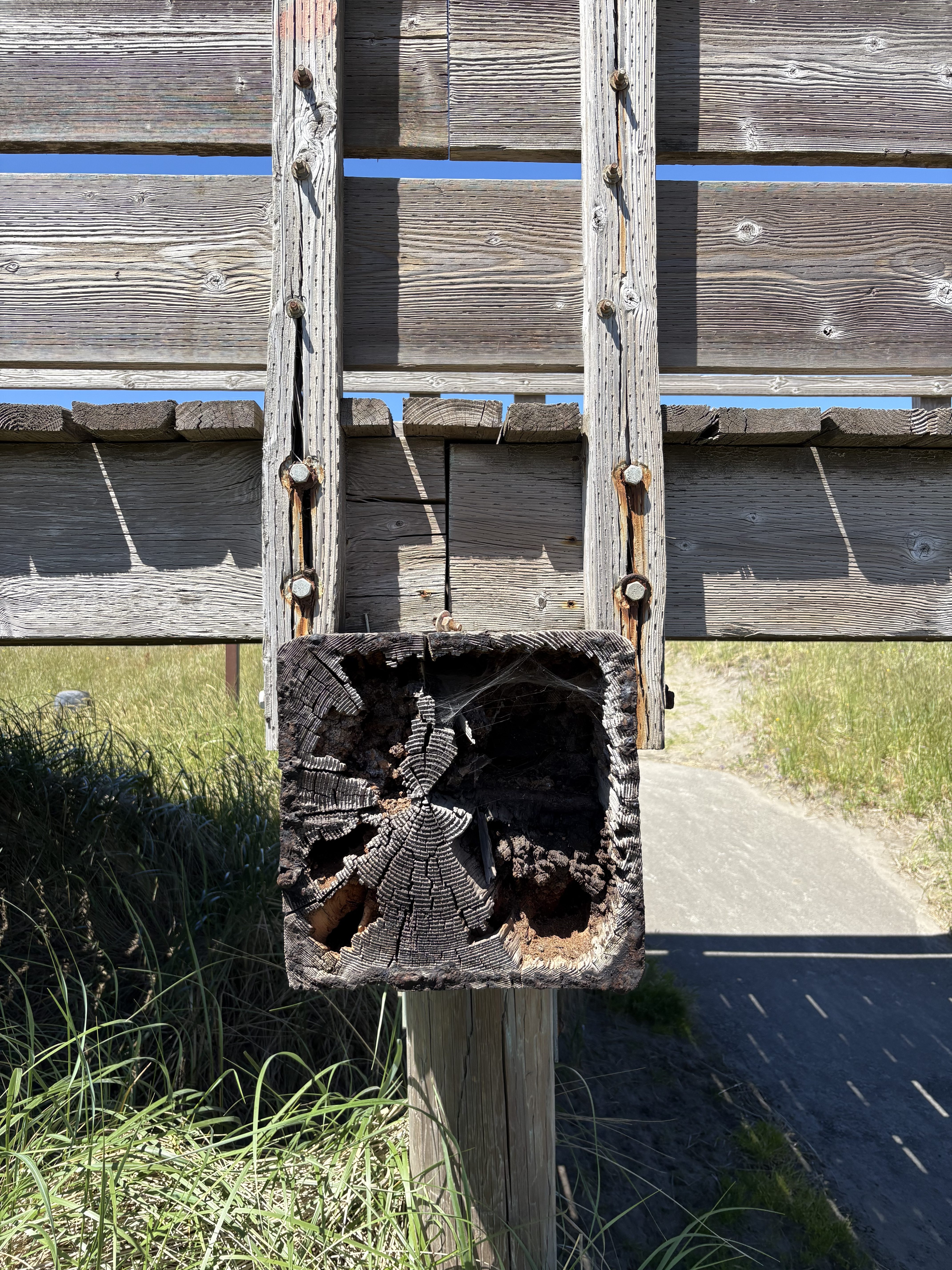Editor’s Notebook: Awesome handbook
Published 5:00 pm Tuesday, May 25, 2004
A gift preserves some glories of the lost world of American Indians
Trending
The Handbook of American Indians probably would spontaneously burst into flames if touched by a liberal college professor or school textbook buyer. Some authors of the 2,193-page study dare to make judgments and occasionally slip in a now-forbidden word or phrase.
Published by the Bureau of American Ethnology in 1905, the handbook is, however, an astounding tribute to America’s original civilizations and societies. Founded in 1879 by John Wesley Powell – famous today for his adventures in the Grand Canyon – the bureau collected all that outsiders could know and possess of the breath-taking galaxy of peoples then being swallowed up by territorial conquest and foreign diseases.
A generous recent gift to the Chinook Observer by Ilwaco’s Robin Taylor – a brilliant though sometimes self-sabotaging authority on local tribal history and politics – the handbook contains revelations on every page. It is, as Taylor cautioned when handing it over, something of a grab-bag of often-contradictory information. But there are near-countless passages of splendid clarity, a lost world tumbling off pages into the mind’s eye.
Trending
Comcomly, the Columbia estuary’s greatest Indian celebrity, is described in part: “Writing in August 1844, Father De Smet states that in the days of his glory Comcomly on his visits to Vancouver would be preceded by 300 slaves, ‘and he used to carpet the ground that he had to traverse, from the main entrance of the fort to the governor’s door, several hundred feet, with beaver and otter skins.'”
Perhaps, instead of revisiting the hallowed heights of Troy, Hollywood ought to expend its millions recreating scenes such as this?
Now, subjects like slavery and profligate over-harvesting of fur animals are, to some, an unwelcome intrusion in their conception of Indian life being an unending happy camping trip by buff brown Boy and Girl Scouts. But that’s almost more of an insult than thinking of them as blood-thirsty savages.
Convoluted is too simple a word to describe American Indians and whites’ relationships with them. In 1758, for example, at the height of the French and Indian War, one of my direct ancestors was murdered by Indians in western Virginia and his widow and children held captive until 1764. Not a nice thing to do, but dwarfed by the vicious British-American tactic employed in 1763 of handing out smallpox-infected blankets to Indians under the guise of goodwill.
In a long passage on the subject of captives, the handbook notes, “It is learned from the numerous accounts of white people who had been taken by Indians that the principal immediate hardships they endured were due to the rapid movements of their captors in order to escape pursuers … the honor of a white woman was almost always respected by her captors among the tribes east of the Mississippi….” I’m glad for great-g-g-g-g-g-g-grandma’s sake that her captors practiced more humanity than their opponents.
Attending reservation school during primary grades – first grade in a segregated classroom and then integrated classes starting in 1967 – I was embraced by the gentleness and warm humor of the Shoshoni people, at least on the days I wasn’t being taunted for having ears sticking out at right angles from my blindingly white head. On balance, memories of Indian friendships still beat in my heart and help bind my soul to my home mountain valley.
If you’re at all like me, Lewis and Clark burn-out is near. Boon to the local economy though it will be, the bicentennial can’t be over any too soon. It’s only a matter of time before we start seeing parties of transvestite re-enactors, or blue-painted people retracing the trail walking backwards.
That said, and as The Handbook of American Indians often alludes to, the L-C expedition was as much concerned with discovering Indians as it was new horizons.
Above and beyond all the hoopla, the celebrations of the next three years deserve to relaunch what should have been – and what still can be – a relationship of trust and honor among all America’s people.









